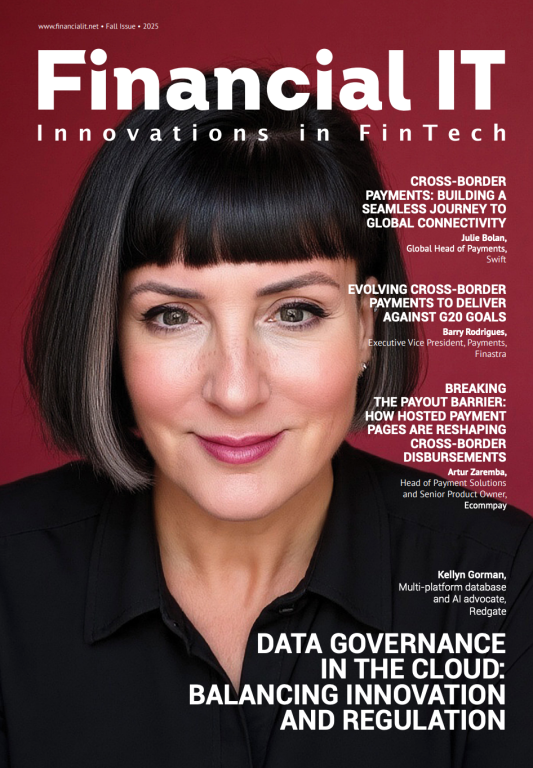Three Trends That Will Shape the Digital Assets Sector in 2025

- Nick Jones, Founder and CEO at Zumo
- 13.12.2024 10:00 am #DigitalAssets #CryptoTrends
The regulatory gaze will intensify. It’s fair to say that regulation usually lags behind innovation – but that innovation also attracts scrutiny. In 2025, we’ll see significant movement as the world’s regulators seek to balance their objectives of consumer protection and market integrity with allowing room for innovation to thrive.
The Financial Conduct Authority (FCA), following research that revealed 12% of UK adults now own crypto, has laid out its roadmap to pave the way for a comprehensive regulatory regime for crypto assets by 2026. So 2025 will see a series of focused consultations, with the aim of making policy development transparent and in line with industry thinking.
Across the pond, with Trump taking up residency at the White House in January, industry players anticipate regulatory clarity and a more pro-crypto stance. Trump has nominated digital assets advocate Paul Atkins to replace Gary Gensler as the new chief of the US Securities and Exchange Commission, calling him a “proven leader for common sense regulations”.
Increased regulatory scrutiny is a positive sign that our industry is maturing. And now companies must respond by adopting appropriately robust frameworks for governance, risk management, and compliance.
Sustainability will come sharply into the spotlight. As the sector continues its exponential growth, the carbon footprint of digital assets remains an unwelcome elephant lurking at the back of the room.
We’ve seen significant advancements in Europe relating to crypto and sustainability, such as mandatory sustainability disclosures for crypto-asset service providers under the Markets in Crypto-Assets (MiCA) regulation. And during the recent Climate Week NYC, we saw clear enthusiasm from US providers, as well as an increasing convergence on climate tech as the next big investment impetus.
Blockchain technology can have a hugely positive impact on the climate agenda. Our Oxygen solution, for example, combines blockchain technology and strategically sourced market instruments – including renewable energy certificates (RECs) and carbon removals – to enable financial institutions to tackle the carbon footprint of their digital asset activities.
The industry has now woken up to what’s possible, and in 2025 we will see growing momentum, and further developments, in sustainability and innovation.
Blockchain will strengthen its grip on financial services - and beyond. The adoption of blockchain technology will spiral as new use cases are realised. One recent study highlighted that blockchain technology is now used by 81% of the world’s leading public companies – and don’t be surprised if this hits 100% in 2025.
Aside from providing firm foundations for the crypto sector, blockchain can also streamline banking and lending services, reducing both counterparty risk and settlement times. It also enables real-time verification of financial documents to enhance KYC and AML processes.
And there’s also a plethora of use cases being unlocked in adjacent industries. For example, blockchain is helping to train the large language models (LLMs), such as Chat GPT, that businesses are increasingly relying on to boost efficiency. By leveraging blockchain technology, developers can create an immutable, tamper-proof record of each model’s contributions, facilitating the identification, and removal, of problematic models without disturbing the overall learning process.



















